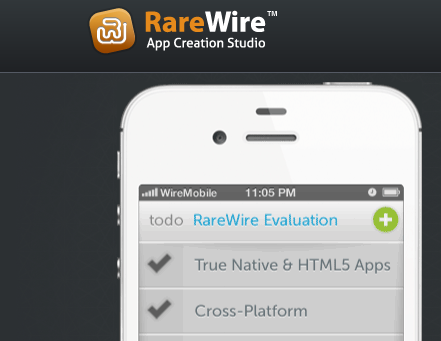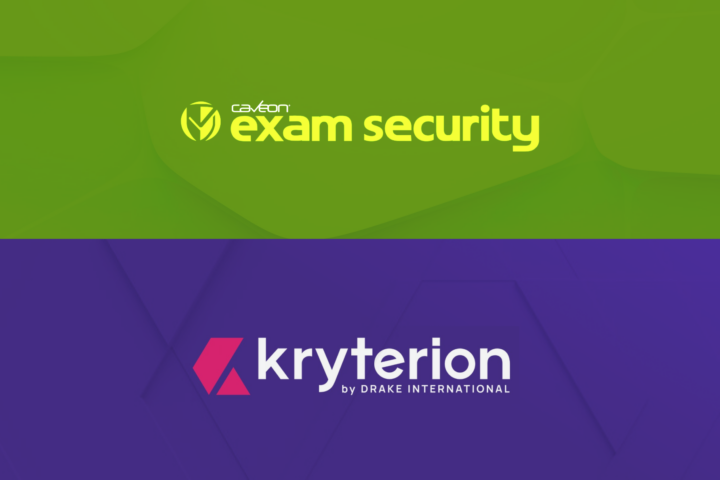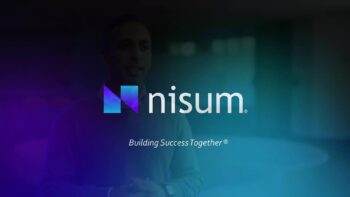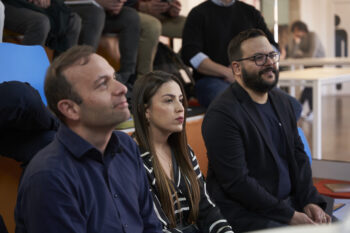 The RareWire App Creation Studio, based in Kansas City, MO, landed its first client, The Atlantic, with this proposal: Send us your content, and we will create a native mobile app for you within 24 hours.
The RareWire App Creation Studio, based in Kansas City, MO, landed its first client, The Atlantic, with this proposal: Send us your content, and we will create a native mobile app for you within 24 hours.
It received a response from the magazine within an hour. “They told us that if we could create in 24 hours what they estimated would take developers weeks to do, they would hand us a contract,” said RareWire Co-founder and President Kirk Hasenzahl. “They also thought we were crazy.”
Not only did Hasenzahl, along with co-founder Matt Angell, meet the deadline and win the contract, they went on to win two Appy Awards for The Atlantic Magazine Digital Edition, including Best Business Media App and Best iPad Publishing App.
The secret to their success was that the duo was using a custom XML-based language invented by Angell called the WIRE. According to Hasenzahl, the tools within the WIRE language make the process of building native apps quicker, easier, and more efficient.
While RareWire’s initial success came from creating apps for The Atlantic, Ebony Magazine, clothing retailer Forever 21, and the Negro Leagues Baseball Museum, its ultimate goal is coming to fruition later this year as it prepares to release WIRE as an open source. The competitive advantage inherent in WIRE, according to Hasenzahl, is that the language only requires the base skill set of a web designer. With its ease of use, non-developers have a new set of tools within WIRE to create powerful and scalable native apps.
“This is a unique and powerful platform that allows for free form design, requires only the skills of a web designer, and simultaneously creates cross-platform native mobile apps for iOS and Android,” Hasenzahl said. “Our biggest goal is to get the platform out to market, and strive for it to become the standard for app creation.”
Most mobile apps run either as native apps or as HTML based apps. Native mobile apps for the iOS, Android, and Windows platforms are traditionally complicated to create, requiring a programming specialist to build. Non-native apps built on HTML are easier to create and are more scalable, but are not as powerful and customizable as native apps. RareWire is launching the its App Creation Studio and WIRE to bridge the gap between the two.
“When we realized that Flash was not going to work on the iOS, Matt came up with the idea that we could build our own programming language. We had worked together at a software development firm for several years, and talked over lunches about starting our own business. We really felt like this was an opportunity for us,” Hasenzahl said.
After working nights and weekends for the latter half of 2010, Hasenzahl and Angell officially launched RareWire in January 2011. The Atlantic deal followed shortly after, and as they fine-tuned their platform, they looked for opportunities to introduce WIRE. While the RareWire App Creation Studio is still in closed beta (which means you need request an invitation to log in and try it out), training on the platform is currently available through a partnership with the Kansas City-based Ewing Marion Kauffman Foundation.
Kansas City was recently selected to participate in the Google Fiber project. This means that businesses and households in the communities in and around Kansas City are eligible to receive 1 gigabit Internet from Google. “Kansas City already has some incredible electronic infrastructure, which is receiving a huge boost from the Google Fiber project,” Hasenzahl said. “Google has lit a fire under everyone here.”
That fire is forging partnerships to promote the technology ecosystem in Kansas City, like the one that RareWire has with the Kauffman Foundation to facilitate tech training. Also in the works in Kansas City is a Launch KC initiative that will include public and private support to create community-wide access to Wi-Fi, a data center, physical affordable space for tech startups, access to tech training, and access to funding opportunities.
“We really have a great tech environment here right now,” Hasenzahl said, “and we’re looking forward to growing our platform and our opportunities.”









